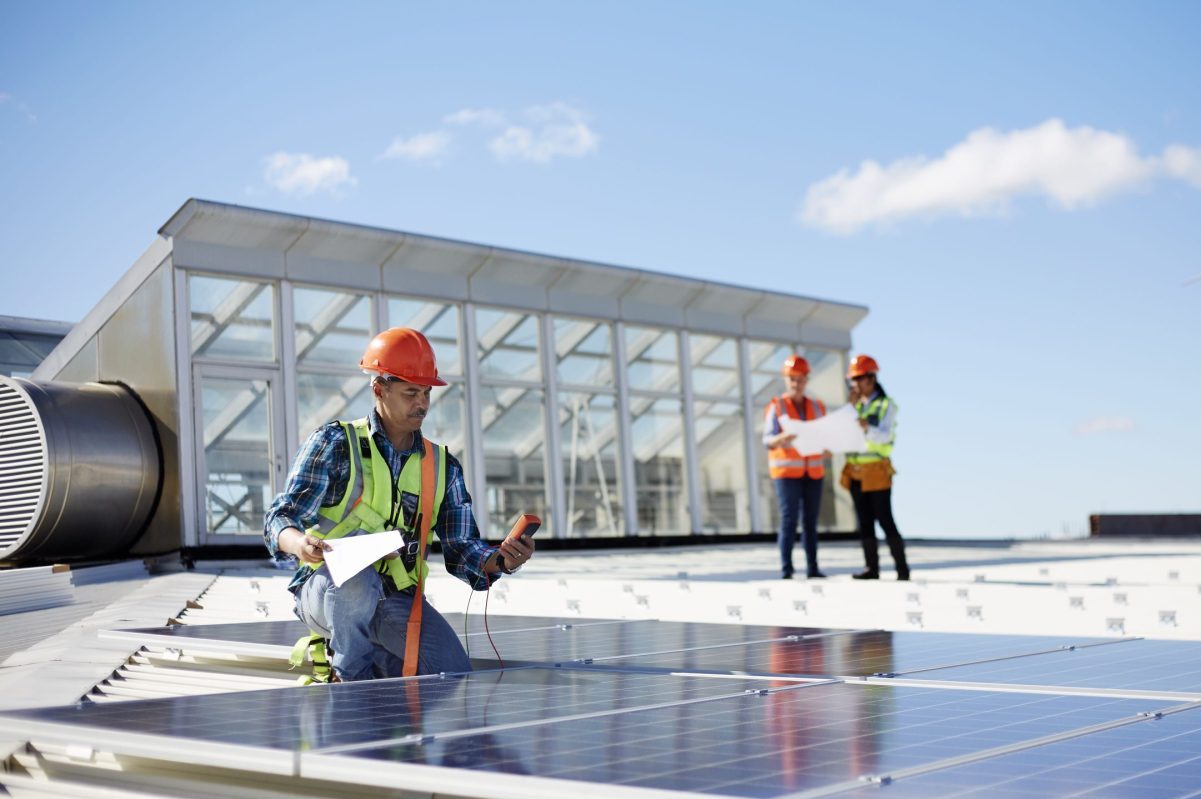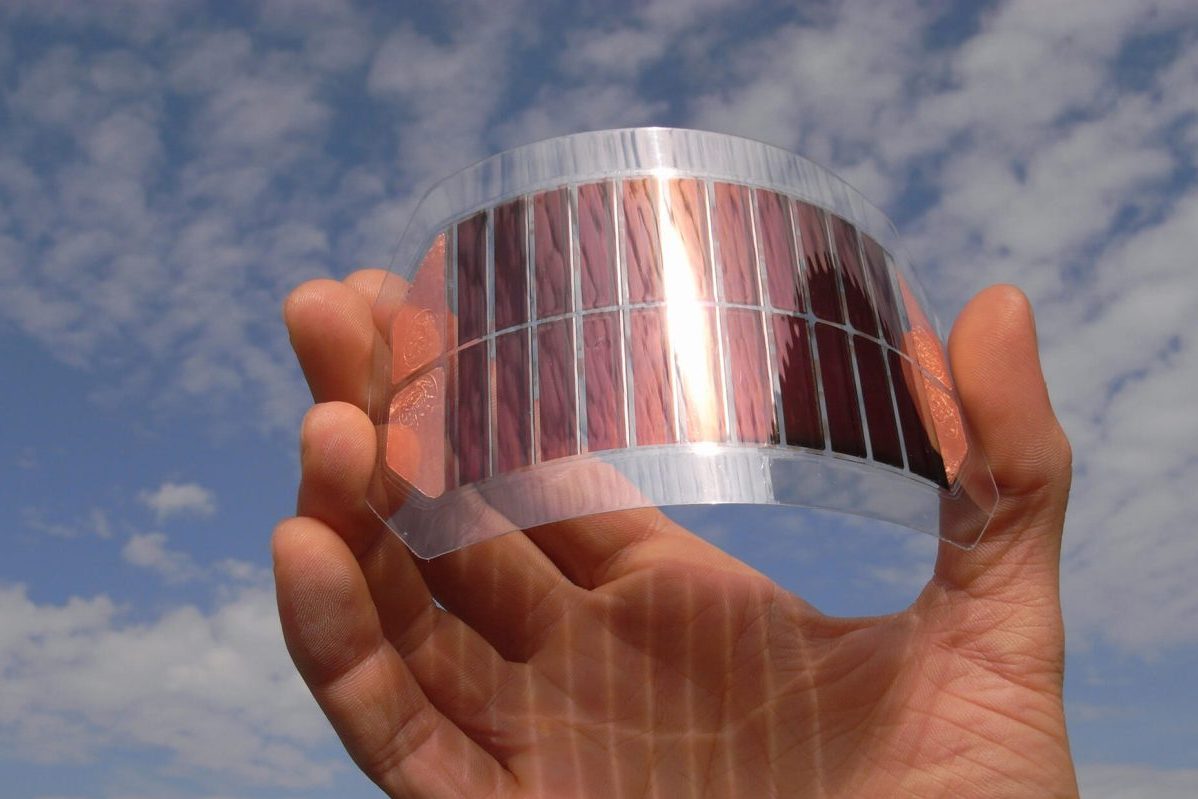A photovoltaic (PV) cell is a type of technology used to harvest energy. The solar energy then goes through the photovoltaic effect process and is converted into useful electricity. PV cells have come in different types, but they all interact with incoming photons from the Sun using semiconductors to generate electricity.
PV Cell Layers
Many layers of materials make up a photovoltaic cell, with each one having its own specific purpose. The semiconductor layer is the most important layer of the PV cell. It has its own two distinct layers called the ‘p-type’ and the ‘n-type’. This layer is where the photovoltaic effect takes place and is, therefore, the layer responsible for converting solar energy into an electric current.
A conducting material is found on both sides of the semiconductor and is what ‘collects’ the produced electricity. Notice that the cell’s shaded side can have the conductor completely covering it, but the illuminated side of the cell should use the conductors as sparingly as possible in order to not limit the amount of radiation from the Sun that reaches the semiconductor.
The final layer of the PV cell is only applicable to its illuminated side. This is the anti-reflection coating. With all the semiconductors being naturally reflective, any reflection loss bears a significant impact. Using one or several layers of anti-reflection coating can resolve this problem since it can help reduce the amount of solar radiation that reflects off the cell’s surface.
Photovoltaic Effect

This is the process where solar energy harvested by a photovoltaic cell exposed to sunlight is converted into an electric current. These solar cells have two semiconductors, the ‘p-type’ and ‘n-type’ that join together to form the ‘p-n junction.’ When these semiconductors are joined together, they end up forming an electric field in the region.
When light of a suitable wavelength makes contact with these cells, the energy from the photon transfers into an electron of the semiconducting material. It then jumps to a higher energy state which is also referred to as the conduction band. It is the movement of these electrons while in their excited state that generates the electric current.
Solar Cell Efficiency
One design concern of solar cells is their efficiency as there are several factors that can potentially limit the efficiency of the cell. The main limiting factor is that a quarter of the solar energy to the Earth cannot be converted to electricity using a silicon semiconductor.
Some methods that can improve its efficiency include increasing the semiconductor’s purity or using a different material for the semiconductor like Gallium Arsenide. There are also other methods, but they all come at a high price.
Type of PV Cells
There are many ways and many materials that can be used to manufacture a photovoltaic cell. Silicon is the most common material to use for the construction of commercial solar cells but other materials such as Gallium Arsenide, Copper Indium Gallium Selenide, and Cadmium Telluride can be used too. Additionally, solar cells can be manufactured from flexible thin-film cells like Cadmium Telluride, or brittle crystalline structures like Gallium Arsenide.

